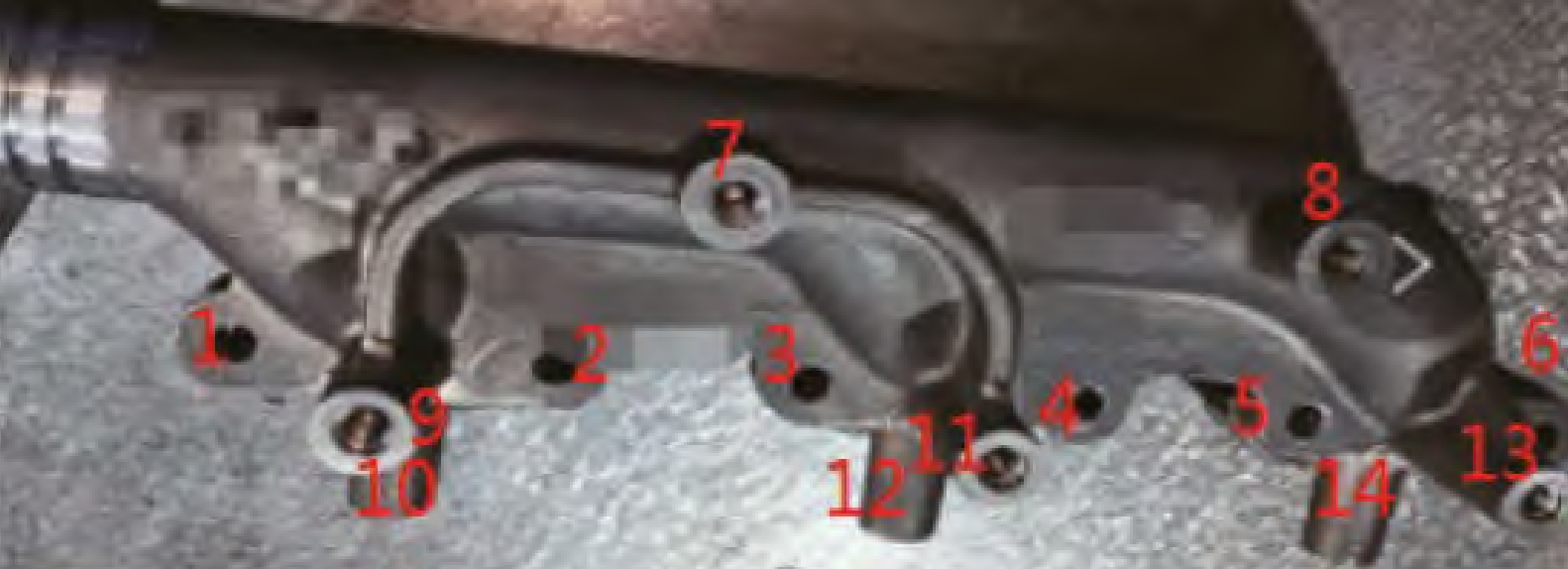During low-pressure casting trials of an aluminum alloy flywheel shell (AlSi7Mg0.3), significant shrinkage porosity defects occurred at suspension connection points. This porosity compromised structural integrity, as shown through physical sectioning:

ProCAST simulation software modeled the solidification process using these parameters:
| Parameter | Value | Unit |
|---|---|---|
| Alloy Temperature | 725 | °C |
| Mold Temperature | 325 | °C |
| Filling Time | 15 | s |
| Pressure | 15 | kPa |
| Mesh Elements | 3,164,585 | – |
The simulation revealed isolated liquid zones forming at 50.767s and 52.676s in critical regions. These zones solidified without metal supplementation due to premature feeder solidification, causing shrinkage cavity casting defects. The solidification time follows Chvorinov’s rule:
$$ t = B \left( \frac{V}{A} \right)^n $$
where \( t \) is solidification time, \( V \) is volume, \( A \) is surface area, and \( B \) and \( n \) are material constants. The original feeders (25–28mm thick) solidified too quickly, failing to compensate for shrinkage cavity casting.
To mitigate shrinkage cavity casting, feeder dimensions were modified:
| Region | Original Size (mm) | Modified Size (mm) |
|---|---|---|
| A | 25 × 34 | 45 × 65 |
| B | 28 × 30 | 45 × 84 |
This increased thermal mass, extending feeder solidification time. The pressure gradient equation confirms improved feeding:
$$ \nabla P = \rho g + \mu \frac{\partial^2 u}{\partial y^2} $$
where \( \nabla P \) is pressure gradient, \( \rho \) is density, \( g \) is gravity, \( \mu \) is viscosity, and \( u \) is flow velocity. Larger feeders maintain higher \( \nabla P \), enhancing liquid metal flow into shrinkage-prone zones.
Post-modification trials showed complete elimination of shrinkage cavity casting in sectioned components. Microstructural analysis confirmed dense, porosity-free material at critical locations, validating the simulation-guided approach to shrinkage cavity casting mitigation.
